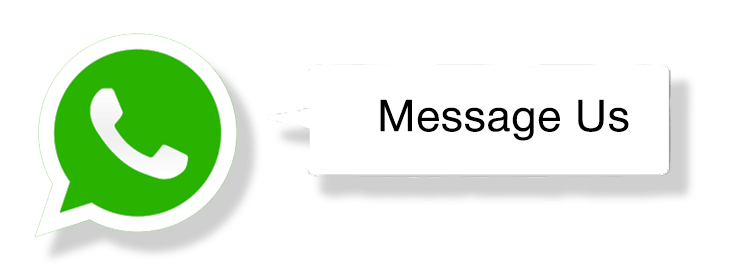In the realm of e-commerce, the payment page serves as the final gateway to completing a transaction. It’s the crucial point where customers make the ultimate decision to part with their hard-earned money. Therefore, designing a payment page that maximizes conversion rates is paramount for the success of any online business. In this article, we’ll explore the best practices for crafting the perfect payment page that drives conversions and enhances the overall shopping experience.
Streamlined Checkout Process
The cardinal rule of designing a high-converting payment page is to keep it simple and streamlined. Minimize distractions and unnecessary form fields to reduce friction in the checkout process. Implement a single-page checkout whenever possible, allowing customers to complete their transactions swiftly without navigating through multiple steps.
Clear and Concise Form Fields
Clarity is key when it comes to form fields on the payment page. Clearly label each field and provide helpful instructions or examples to guide users through the payment process. Keep the number of required fields to a minimum, only requesting essential information such as payment details, shipping address (if applicable), and contact information.
Visual Hierarchy and Call-to-Action (CTA)
Use visual hierarchy to draw attention to the most important elements on the payment page, such as the payment form and the “Place Order” button. Make sure the CTA button stands out prominently with contrasting colors and bold typography. Use persuasive language on the CTA button, such as “Complete Purchase” or “Secure Checkout,” to encourage action from the customer.
Trust Signals and Security Icons
Instilling trust and confidence in the minds of customers is crucial for driving conversions on the payment page. Display trust signals and security icons prominently, such as SSL certificates, payment provider logos, and secure payment badges. These visual cues reassure customers that their payment information is safe and secure, reducing anxiety and increasing trust.
Mobile Optimization
With the proliferation of smartphones, optimizing the payment page for mobile devices is no longer optional – it’s essential. Ensure that the payment page is fully responsive and mobile-friendly, with large, tappable buttons and streamlined form fields. Test the payment page across various devices and screen sizes to ensure a seamless experience for mobile users.
Seamless Integration with Payment Gateways
Integrate popular payment gateways seamlessly into the checkout process to provide customers with a variety of payment options. Offer multiple payment methods, including credit/debit cards, digital wallets, and alternative payment methods like UPI and PayPal. Display accepted payment methods prominently on the payment page to reassure customers and reduce checkout abandonment.
A/B Testing and Continuous Optimization
Optimizing the payment page is an ongoing process that requires continuous testing and refinement. Conduct A/B tests to experiment with different design elements, button placements, and CTAs to determine which variations yield the highest conversion rates. Analyze user behavior and performance metrics regularly to identify areas for improvement and make data-driven decisions to optimize the payment page further.
Conclusion
By following these best practices for designing the perfect payment page, you can create a frictionless checkout experience that delights customers and drives conversions. Remember to prioritize simplicity, clarity, trust, and mobile optimization to ensure a seamless payment process that encourages customers to complete their transactions successfully. With careful planning and continuous optimization, your payment page can become a powerful tool for boosting sales and growing your online business.

